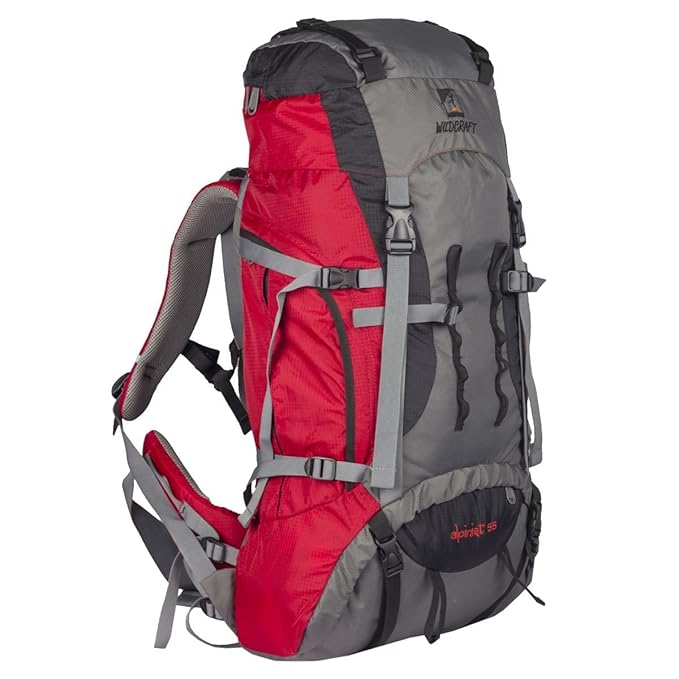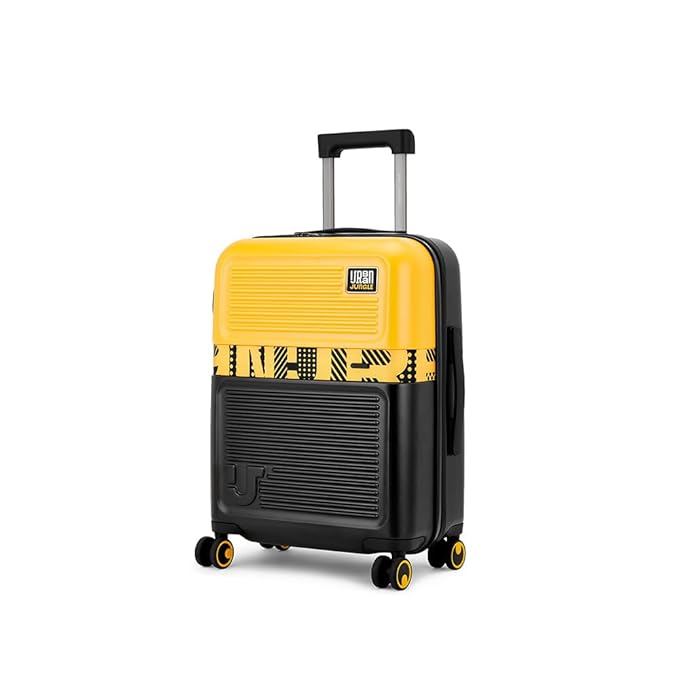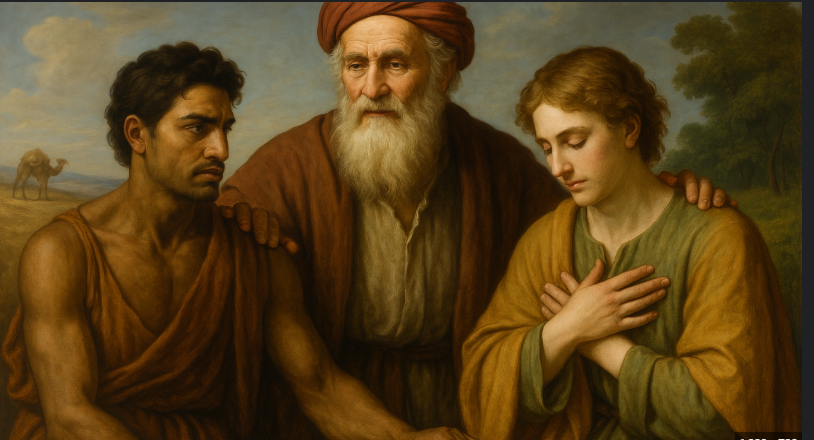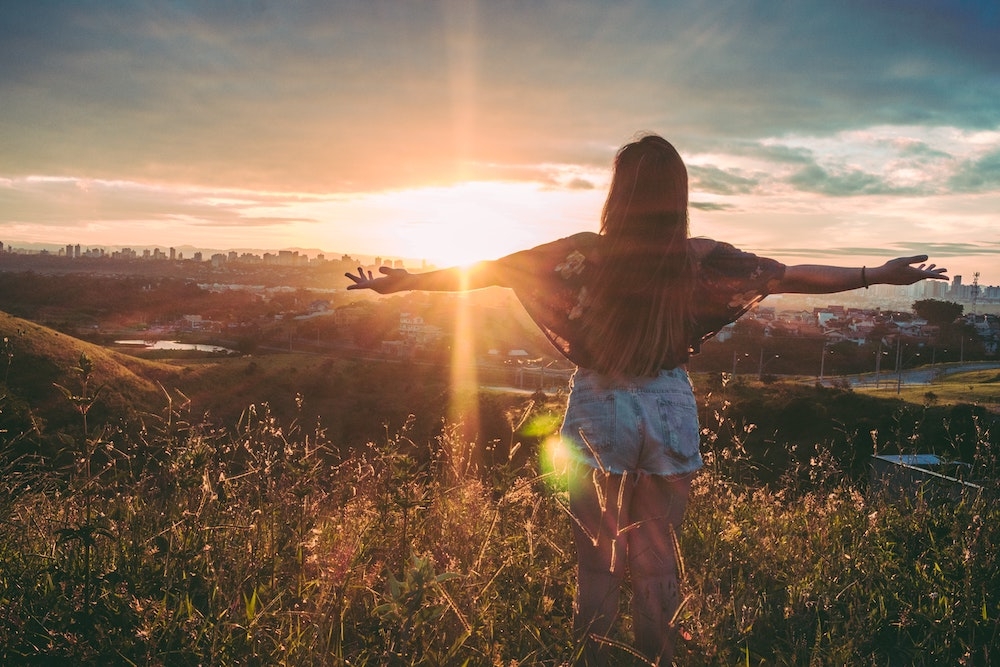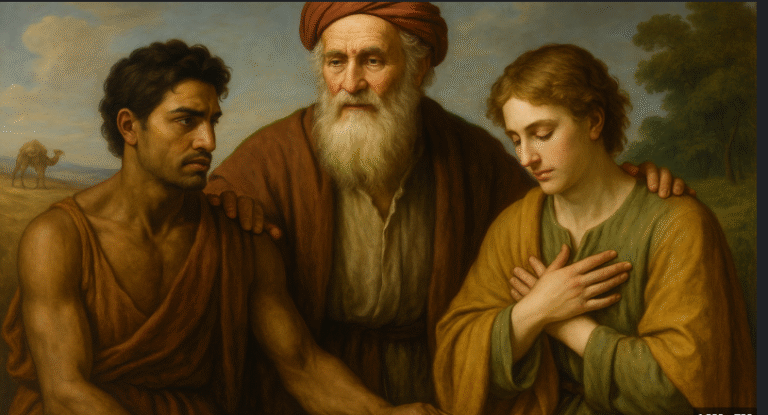Special Features of Sahara Desert Camping in Morocco
1. Iriqui National Park
Iriqui National Park is a gem within the Sahara, offering a diverse ecosystem that is home to a variety of wildlife, including the endangered Saharan cheetah and the slender-horned gazelle. The park’s rugged landscapes are characterized by rocky plateaus, expansive sand dunes, and verdant oases. Camping here allows you to experience the tranquility and untouched beauty of the desert while observing unique flora and fauna.
2. Erg Chigaga Dunes
Erg Chigaga, one of Morocco’s most remote and pristine dune fields, is a highlight for many desert campers. Unlike the more accessible Erg Chebbi dunes, Erg Chigaga offers a more secluded and authentic desert experience. The towering sand dunes create a surreal landscape, perfect for sunrise and sunset photography. Adventure seekers can enjoy activities like camel trekking, sandboarding, and exploring the vast expanses on foot or by 4×4 vehicles.
3. Rich Local Culture
The Sahara Desert is not just about stunning landscapes; it’s also a place where you can immerse yourself in the rich culture of the Berber people. Local guides and hosts often share stories, traditional music, and culinary delights, providing a deeper understanding of the region’s heritage. Staying in a traditional Berber tent allows you to experience hospitality that has been passed down through generations.
4. Unique Activities
Camping in the Sahara offers a range of activities that cater to different interests:
- Camel Trekking: Traverse the desert on the back of a camel, the quintessential Saharan experience.
- Sandboarding: Glide down the soft sand dunes on a board, offering both fun and adventure.
- Stargazing: With minimal light pollution, the Sahara Desert provides an unparalleled view of the night sky, perfect for astronomy enthusiasts.
- 4×4 Excursions: Explore deeper into the desert with guided off-road adventures, discovering hidden gems and remote landscapes.
Cost of Staying in the Sahara Desert
The cost of camping in Morocco’s Sahara Desert can vary widely depending on the type of accommodation, activities, and the level of luxury you seek. Here’s a general breakdown:
1. Basic Camping
- Description: Traditional Berber tents with basic amenities.
- Cost: Approximately $50-$100 per night.
- Includes: Accommodation, meals (typically local cuisine), and guided activities like camel trekking.
2. Mid-Range Lodges
- Description: More comfortable accommodations with better facilities, often incorporating modern amenities while maintaining a traditional feel.
- Cost: Approximately $150-$250 per night.
- Includes: Enhanced meals, additional activities such as sandboarding, and sometimes private guides.
3. Luxury Desert Camps
- Description: High-end tents with private bathrooms, air conditioning, and gourmet dining options.
- Cost: Approximately $300-$600 per night.
- Includes: Premium accommodations, personalized services, exclusive activities, and transportation.
Additional Costs
- Transportation: Getting to and from the desert can add to the cost, especially if you opt for private transfers or internal flights.
- Activities: Specialized activities like helicopter tours or private excursions may incur extra charges.
- Permits and Fees: Some areas, especially protected regions like Iriqui National Park, may require entry permits or additional fees.
Visitor Trends: How Often People Visit
The Sahara Desert in Morocco attracts a steady stream of tourists each year, with peak seasons typically falling during the cooler months from October to April. During these months, temperatures are more bearable, making outdoor activities and overnight camping more comfortable. However, the desert’s allure remains year-round for those willing to brave the extreme heat of summer.
Peak Seasons
- Autumn (September-November) and Spring (March-May) are the most popular times to visit, offering mild weather and optimal conditions for exploring.
- Winter (December-February) can be cold at night, adding a different dimension to the desert experience.
- Summer (June-August) sees fewer tourists due to the intense daytime heat, making it ideal for those seeking solitude and lower costs.
What the Sahara Desert in Morocco is Famous For
1. Iconic Sand Dunes
The Sahara’s vast sand dunes, particularly Erg Chigaga and Erg Chebbi, are world-renowned for their majestic beauty and expansive vistas. These dunes offer both breathtaking views and challenging terrains for adventure enthusiasts.
2. Cultural Heritage
Morocco’s Sahara is steeped in Berber culture, with traditions and lifestyles that have remained largely unchanged for centuries. Visitors can engage with local communities, participate in traditional ceremonies, and learn about the nomadic way of life.
3. Unique Wildlife
The desert is home to a variety of unique species adapted to its harsh environment. From the resilient Saharan fox to the graceful addax antelope, the wildlife in the Sahara is both fascinating and elusive.
4. Historical Significance
The Sahara has been a crossroads for trade and cultural exchange for millennia. Ancient trade routes, archaeological sites, and historical landmarks add a layer of intrigue and depth to the desert experience.
5. Stunning Landscapes
Beyond the dunes, the Sahara features a diverse range of landscapes, including rocky plateaus, dry riverbeds, and lush oases. Each offers its own unique beauty and opportunities for exploration.
Pros and Cons of Sahara Desert Camping in Morocco
Pros
- Unparalleled Natural Beauty: The Sahara’s landscapes are stunning and offer endless opportunities for photography, exploration, and adventure.
- Cultural Immersion: Engage with local Berber communities and gain a deeper understanding of their traditions and way of life.
- Adventure Activities: From camel trekking to sandboarding, the Sahara offers a wide range of activities that cater to thrill-seekers.
- Peace and Solitude: Experience the tranquility of the desert, away from the hustle and bustle of city life.
- Unique Experiences: Activities like stargazing and 4×4 excursions provide unforgettable moments that you won’t find elsewhere.
Cons
- Extreme Weather: The Sahara can be unforgiving, with scorching daytime temperatures and freezing nights. Proper preparation is essential.
- Accessibility: Reaching remote areas like Erg Chigaga can be challenging, often requiring long journeys by 4×4 or camel.
- Limited Amenities: Basic campsites may lack modern conveniences, which can be a drawback for those seeking comfort.
- Health Risks: The harsh environment poses risks such as dehydration, sunburn, and sandstorms. Adequate preparation and precautions are necessary.
- Environmental Impact: Increased tourism can lead to environmental degradation if not managed responsibly. It’s crucial to practice sustainable tourism to preserve the desert’s natural beauty.
Why Rainforests are So Special and Important to Our Planet
While this blog focuses on the Sahara Desert, it’s worth highlighting the significance of rainforests like the Amazon, as both ecosystems are vital to our planet’s health.
1. Biodiversity Hotspots
Rainforests are home to an incredible diversity of species, many of which are found nowhere else on Earth. This biodiversity is essential for ecosystem stability and resilience.
2. Carbon Sequestration
Rainforests play a critical role in absorbing carbon dioxide from the atmosphere, helping to mitigate climate change and regulate global temperatures.
3. Oxygen Production
Rainforests produce a significant portion of the world’s oxygen through photosynthesis, earning them the nickname “the lungs of the Earth.”
4. Water Cycle Regulation
Rainforests influence local and global water cycles by releasing water vapor into the atmosphere, which contributes to rainfall and supports agriculture and water supplies.
5. Cultural Heritage
Many indigenous communities rely on rainforests for their livelihoods, cultural practices, and traditional knowledge, making these ecosystems integral to human heritage and sustainability.
Tips for a Safe and Enjoyable Sahara Desert Camping Experience
- Plan Ahead: Book your accommodations and tours well in advance, especially during peak seasons. Research the best times to visit and understand the logistics of reaching remote areas.
- Pack Appropriately: Bring lightweight, breathable clothing for the day and warm layers for the cold nights. Don’t forget essentials like sunscreen, hats, sturdy footwear, and a reliable water supply.
- Stay Hydrated: The desert environment can lead to rapid dehydration. Carry plenty of water and drink regularly throughout your stay.
- Respect Local Customs: Engage respectfully with local communities, learn about their traditions, and support sustainable tourism practices.
- Safety First: Always follow the guidance of your tour guides, avoid venturing into unfamiliar areas alone, and be prepared for emergencies with a first aid kit and communication tools.
- Protect the Environment: Practice Leave No Trace principles by minimizing your environmental footprint, avoiding littering, and respecting wildlife.



